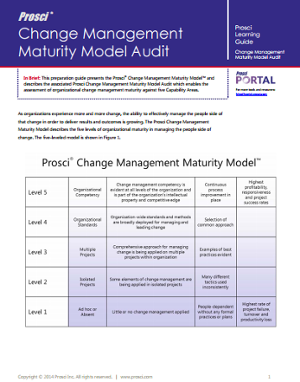 Thriving in an environment that demands constant change can often be a struggle for established organisations. In order to renew itself, adapt, change quickly and succeed in such a turbulent and competitive landscape, an organisation needs to be agile. In a PwC survey of 1150 CEOs, 76% said that their ability to adapt to change will be a key source of competitive advantage in the future. Therefore, it becomes critical to cultivate organisational agility so as to be able to respond quickly to change and to incorporate benefits of these environmental shifts into the organisations structure.
Thriving in an environment that demands constant change can often be a struggle for established organisations. In order to renew itself, adapt, change quickly and succeed in such a turbulent and competitive landscape, an organisation needs to be agile. In a PwC survey of 1150 CEOs, 76% said that their ability to adapt to change will be a key source of competitive advantage in the future. Therefore, it becomes critical to cultivate organisational agility so as to be able to respond quickly to change and to incorporate benefits of these environmental shifts into the organisations structure.
An agile organisation is one which has dynamic and responsive capabilities; but in order to develop this successfully an organisation must also have an element of stability. As an organisation struggles to keep abreast in a turbulent environment of constant change; it is this stability that acts as a point of anchorage, holding it steady as the changes are made to adapt to the current competitive climate.
Prosci, the global leader in change management research describe Enterprise Change Management as the“systematic deployment of change management skills, tools and processes throughout an organisation." The ability to provide an organisation with the appropriate skills and abilities to deliver change at the volume, speed and accuracy demanded by the environment, makes Enterprise Change Management a successful enabler and stabiliser, thus driving agility.
It is evident that the rate at which organisations are facing change is not slowing and thus must have effective processes in place in order to react to triggers in the marketplace. However, research shows that under traditional methods, the number of individual changes your employees can successfully absorb in the same time period is not increasing, hindering employee engagement and productivity while ultimately impacting organisational agility.
For many organisations, external agencies and consultants are a popular solution to driving major business change. Whilst this is successful in the interim the long term impact on organisational agility has been questioned. A paper by LaClair and Rao, explores the relationship between organisational change management capabilities and the value it is able to extrapolate from projects. The research found that organisations with high levels of enterprise change management capabilities had benefitted from an average of 143% of the value they originally expected from their projects.
By replacing projects of change driven by external consultants with ones that are primarily driven through internal teams equipped with the skills and tools needed to drive change; an organisation’s ability to become agile increases rapidly. By working with an internal team, the seamless deployment of an enterprise change management framework and processes results in an organisation that is better prepared for any eventuality and able to act instantaneously without the need to consult externally. Additionally, research shows that employee buy-in is increased, resistance barriers are decreased when the need for change is promoted and delivered internally.
Enterprise change management considers the people side of change producing more consistent results and change management competency by establishing a common language and consistent application. This also adds discipline to the company culture by providing the tools to promote problem solving and involving team members in developing continuous improvement.
An enterprise-wide approach to building change management capabilities becomes the bedrock of organisational agility. An agile organisation is primed to out manoeuvre the competition and able to intuitively react to environmental shifts with minimal disruptions to employee productivity and engagement levels. The rate of change that both organisations and employees will be expected to face is only set to increase and as such equipping each to successfully manage and deliver change is the singular way to drive agility.
To find out more about key research findings in Enterprise Change Management and their consequences for delivering change, join one of our free webinars.
 Prosci's Change Management Maturity Model Audit
Prosci's Change Management Maturity Model Audit
This model, based on benchmarking research, describes the 5 varying levels of change management capabilities across organisations. Get your free copy below in order to assess how well your organisation can enable and manage the people side of change.



